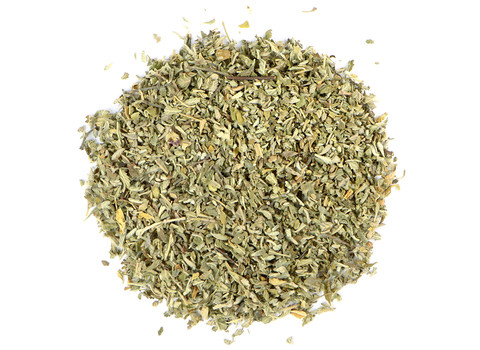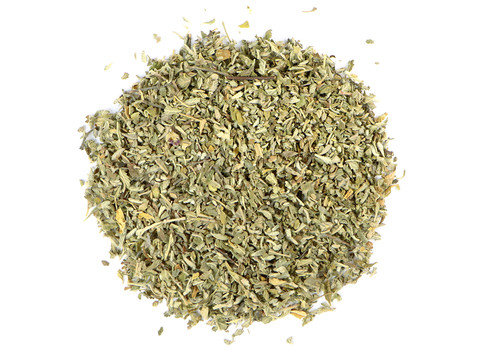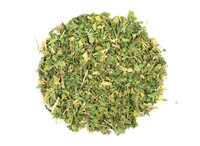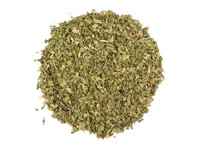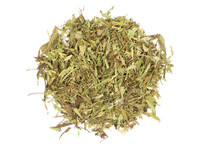-
Product Description
COMMON NAME
Standardized: damianaBOTANICAL NAME
Turnera diffusa Willd. ex Schult. var. diffusa
Plant Family: TurneraceaeOVERVIEW
Damiana has been used in Mexico, Central America, and South America since the times of the ancient Aztec, and remains quite popular today. Although its noted effect on sexual desire has been its primary traditional use across cultures, it has also been valued as a relaxant, digestive stimulant, mood enhancer, or just an enjoyable beverage that was often given to children. In modern times it has also been used as an herbal smoke and a liqueur.BOTANY
Damiana is in the Turneraceae family. About half of the plants in the Turneraceae family belong to the genus Turnera. Damiana is a small sub-tropical shrub bearing aromatic serrated leaves and small bright yellow flowers. It is native to southwest Texas, Mexico, the Caribbean, Central America, and Brazil.HISTORY AND FOLKLORE
The origin of the common name damiana is from the Greek daman or damia meaning "to tame or subdue." It is the feminine version of Damian and infers that damiana is the wild one "who tames." It is believed that the indigenous Guaycura in the Baja region of Mexico were the first to use damiana. According to legend, the herb became wore widely distributed when the Guaycura began trading with the Aztecs. Damiana was also highly valued in ancient times by the Mayans, who used the plant in a similar manner to the Aztecs and the Guaycura.USES AND PREPARATIONS
Dried damiana leaf can be brewed into a tea, made into a tincture, and used in herbal smoking blends. Damiana leaves are often infused in alcohol to make liqueurs or cordials.PRECAUTIONS
No known precautions.
We recommend that you consult with a qualified healthcare practitioner before using herbal products, particularly if you are pregnant, nursing, or on any medications.This information has not been evaluated by the Food and Drug Administration. This product is not intended to diagnose, treat, cure, or prevent any disease. For educational purposes only.
-
Product Reviews
-
Find Similar Products by Category

